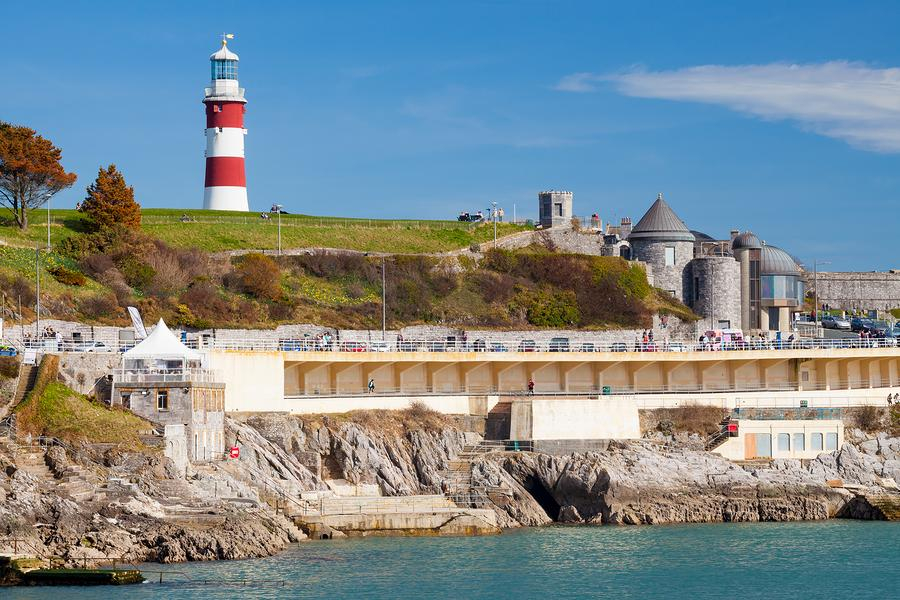The name of Guy Fawkes has become synonymous with fireworks. The Gunpowder Plot conspirator became famous for his links to a group of Catholics, led by Robert Catesby, attempting to overthrow the government of James 1.
Fawkes, a soldier born in York, was discovered in the vaults beneath the Houses of Parliament on 5thNovember 1605 surrounded by a large quantity of explosives with which he had been attempting to blow up Parliament and the King.
However, an Autumn fire celebration pre-dates Fawkes by at least 2000 years!
The Celtic inhabitants of these islands celebrated at a festival called Samhain at which ritual bonfires were lit. It is believed that these were designed to ward off evil spirits as the darkness of Winter approached in days when there was no artificial light to alleviate the gloomy, short days. This festival is now more commonly known as All Hallows or Halloween.
Why Guy Fawkes Night?
After the Gunpowder Plot, the government wished the populace to be constantly reminded about the Roman Catholic conspiracy which had threatened to make Catholicism the main Christian creed in this country. In remembrance, the 5th November was declared annual public holiday - sadly, this is no longer observed!
The 5th November was also significant for religious reasons in that it was on this day that the protestant William of Orange (who was to become William III) landed in Britain to replace the Roman Catholic King James II.
The Gunpowder Plot held all the necessary constituents of a fiery celebration. There was gunpowder involved - even if it was never lit – and a common punishment for heretics at that time was to be burned at the stake. In fact, Guy Fawkes was not burned - but hung, drawn and quartered - a barbaric fate reserved for traitors at the time.
The miss assumed burning of Fawkes at the stake has led to the popular burning of effigies on Bonfire Night; historically the burning of a ‘Guy’ but in recent times the focus tends to be on more modern day figures.
The word ‘Guy’ may not even refer to Guy Fawkes. Some associate the effigy with costumed community members (also known as ‘mummers’) who dress up to stage ancient street dances and performances. Similar parades can still be witnessed today on Bonfire Night in many towns and villages, particularly in East Sussex.
We know from the Diary of Samuel Pepys that fireworks were associated with Guy Fawkes’ Night from soon after the plot – “This 5th November is observed exceeding well in the City; and at night great bonfires and fireworks’ (Monday 5th November 1660) – and many of the fireworks familiar to us, such as rockets and fountains, were known to him as well.
Sadly, not everyone was as detailed as Pepys in the records they kept, but we do know that 1487 also saw the use of fireworks at the coronation of Elizabeth of York (bride of Henry VII), where a dragon spouted fire into The Thames.
Anne Boleyn also witnessed fireworks at her coronation where ‘wild men casting fire and making a hideous noise’ were part of the celebration.
Anne’s daughter, Queen Elizabeth I, created the position of Firemaster, so enamoured was she of fireworks.
Display audiences of the early 19th century, and before, would not have even been able to witness colour in fireworks. Many tricks were tried to suggest that the displays had colour - like putting coloured glass screens in front of non-coloured fireworks and the use of pitch, oil and resin rather than gunpowder. Today metallic salts provide colours (strontium red, copper blue, barium green and sodium yellow).
Another way in which earlier display audiences were kept amused without colour was by the use of ‘machines’.
Machines were backdrops for the fireworks, often designed by leading architects of the day.
Some of these were made of fabric and wood, but others (one in Versailles was made of red marble) were permanent structures and stood long after the fireworks had been lit. The
machine would often be in the form of a temple, or an important building, and would hide the rudimentary fusing used to communicate the fire from one firework to another.
Another compensation for colour was size and quantity. Huge rockets (far bigger than anything used today) were fired in flights of hundreds and thousands and must have made a tremendous noise. Noise was something which was not in short supply. While there were no ‘cakes’ (the modern fireworks comprising many tubes), ground fireworks (pots) would be fired giving a similar or even more spectacular effect.
Gold, silver and white were used in increasingly imaginative ways as the years progressed. Fireworks such as six pointed suns with moving parts between and spinning wheels of incredible complexity, delighted audiences.
Today Guy Fawkes celebrations are as popular as ever, both in the use of shop bought fireworks and in public displays. Safe use of garden fireworks can be a joy to share with family and friends but do not compare to the spectacular public displays provided by professional firework operators.
Modern displays mainly feature aerial fireworks rather than the ground fireworks that used to be popular, including amusing pieces like chickens laying eggs and men riding bicycles. Now shells fired by mortars (long cardboard tubes) form an important part of major firework displays. These are not available to the public and must only be fired by trained operators.
Fireworks are a source of colour, noise and excitement - a blend of artistry and chemistry.
Whether you choose an intimate garden display or go to a larger public display, fireworks will always afford you immense pleasure.
Based on an article by John Bennet, editor of Fireworks Magazine.





